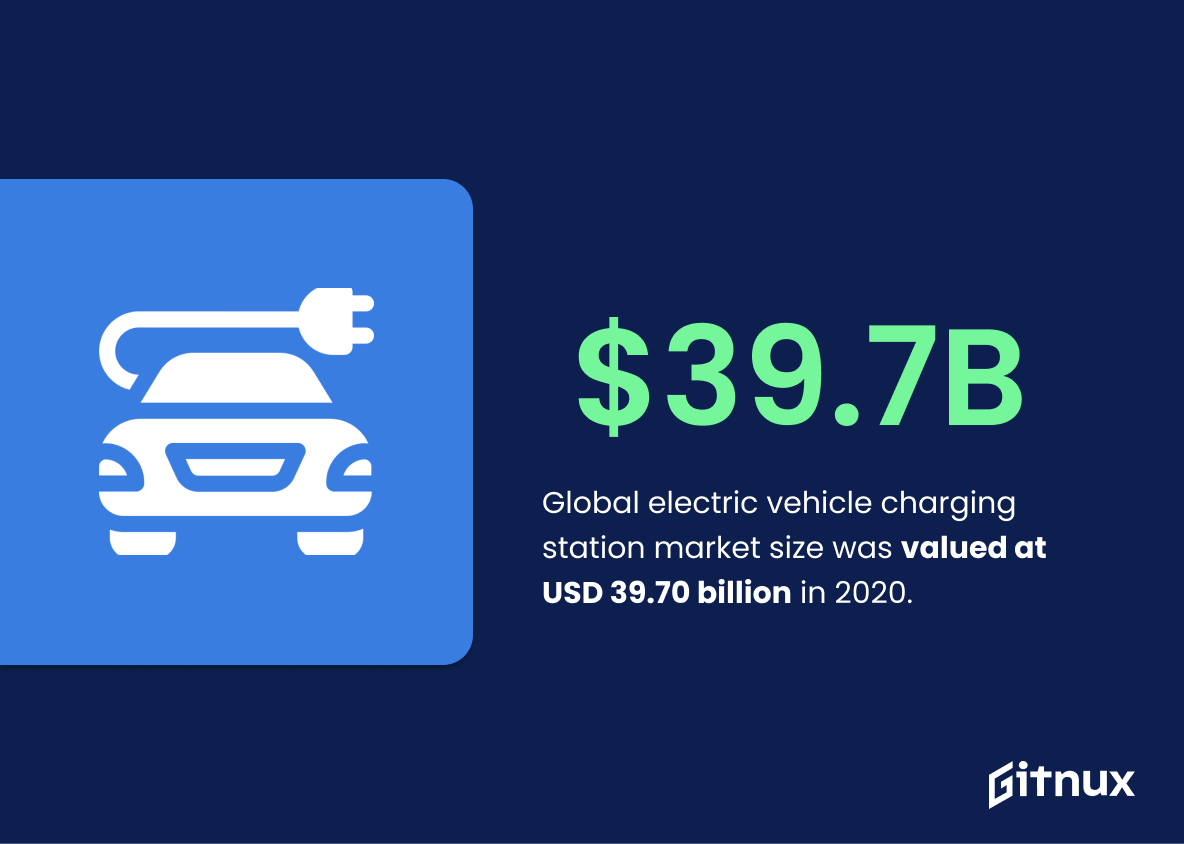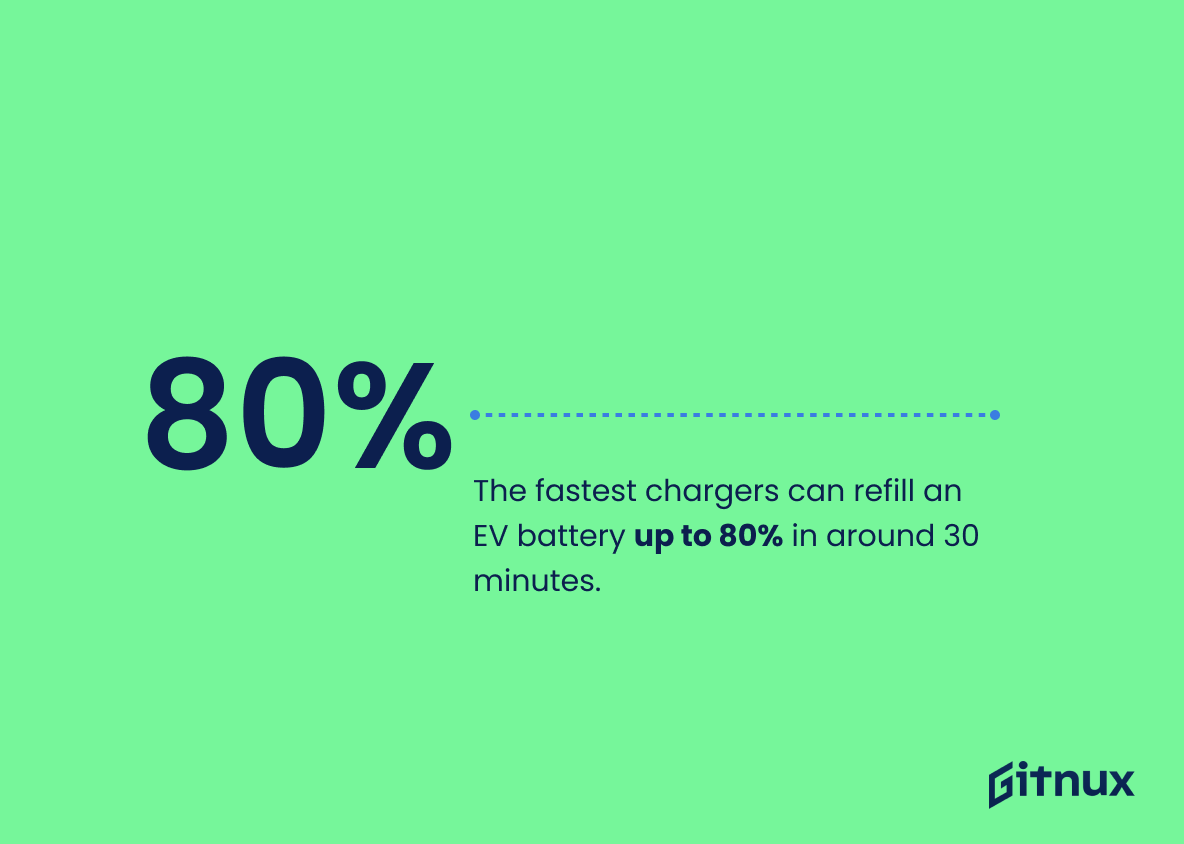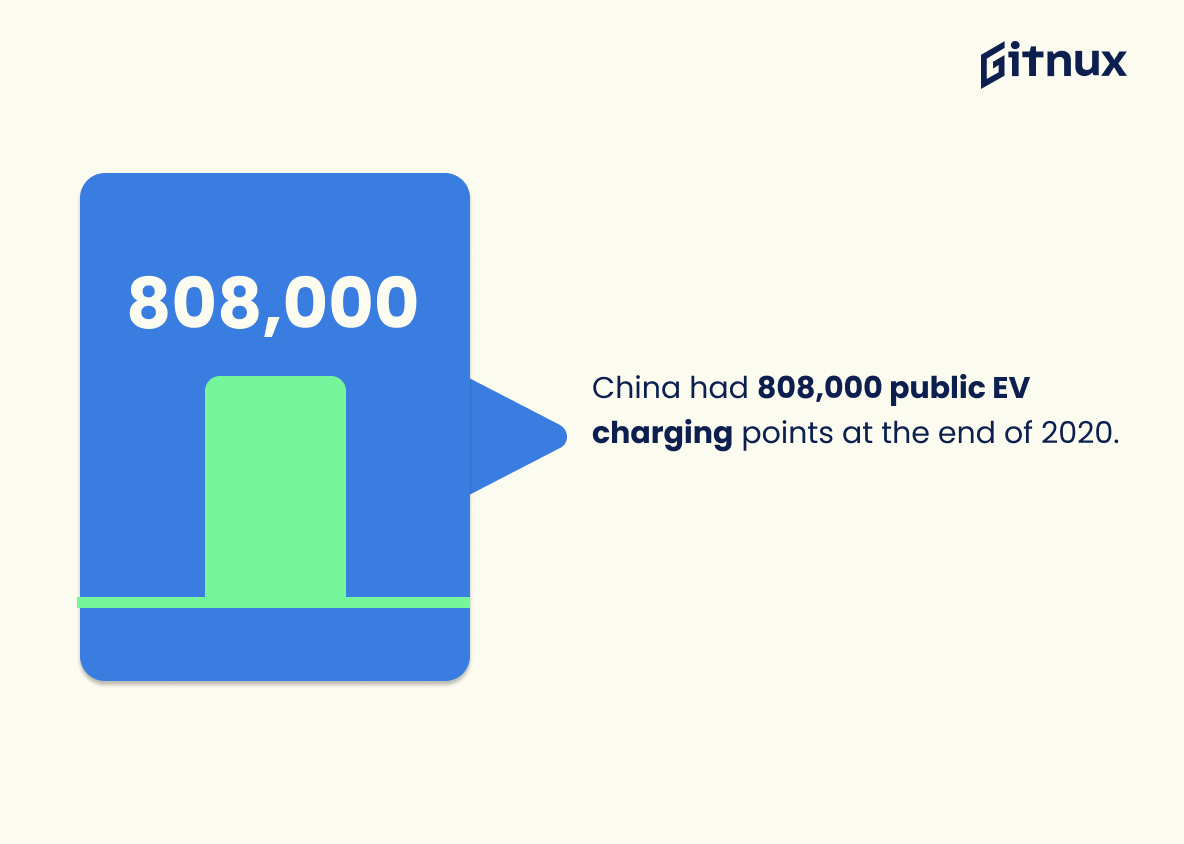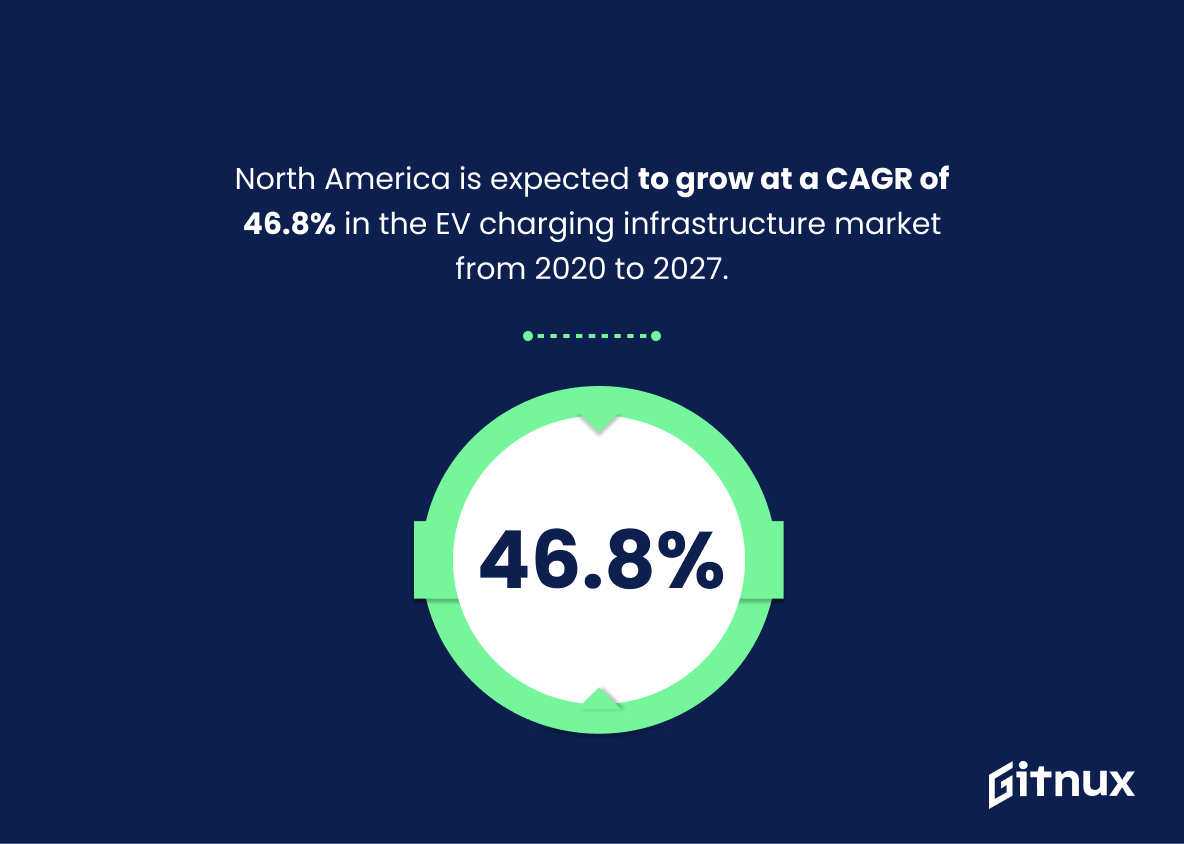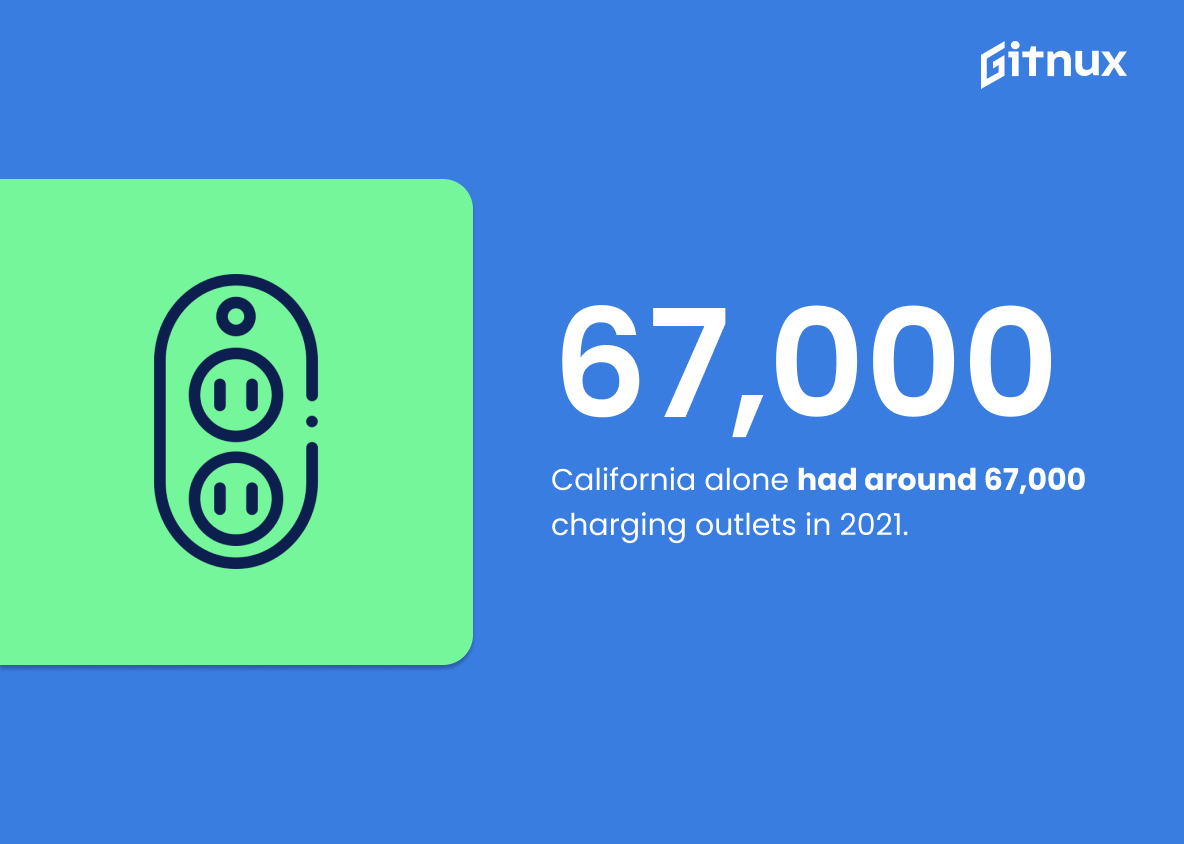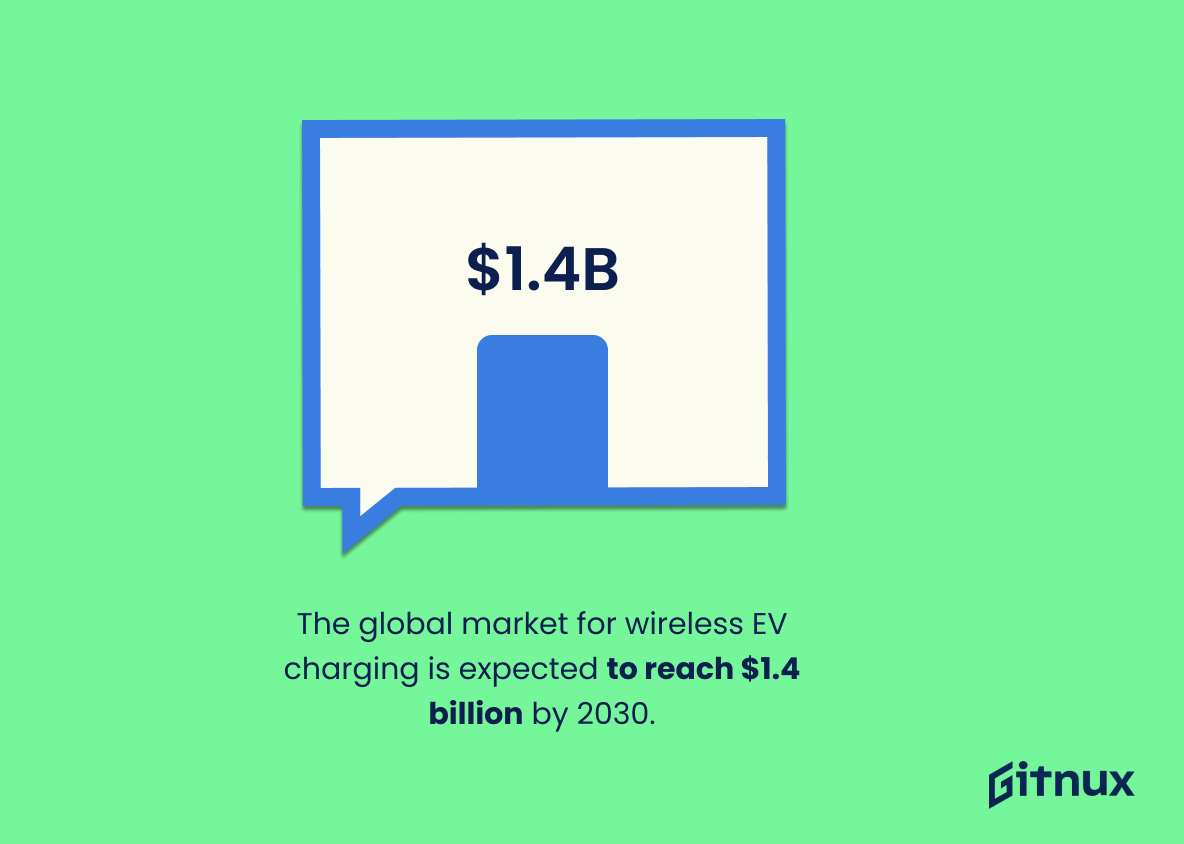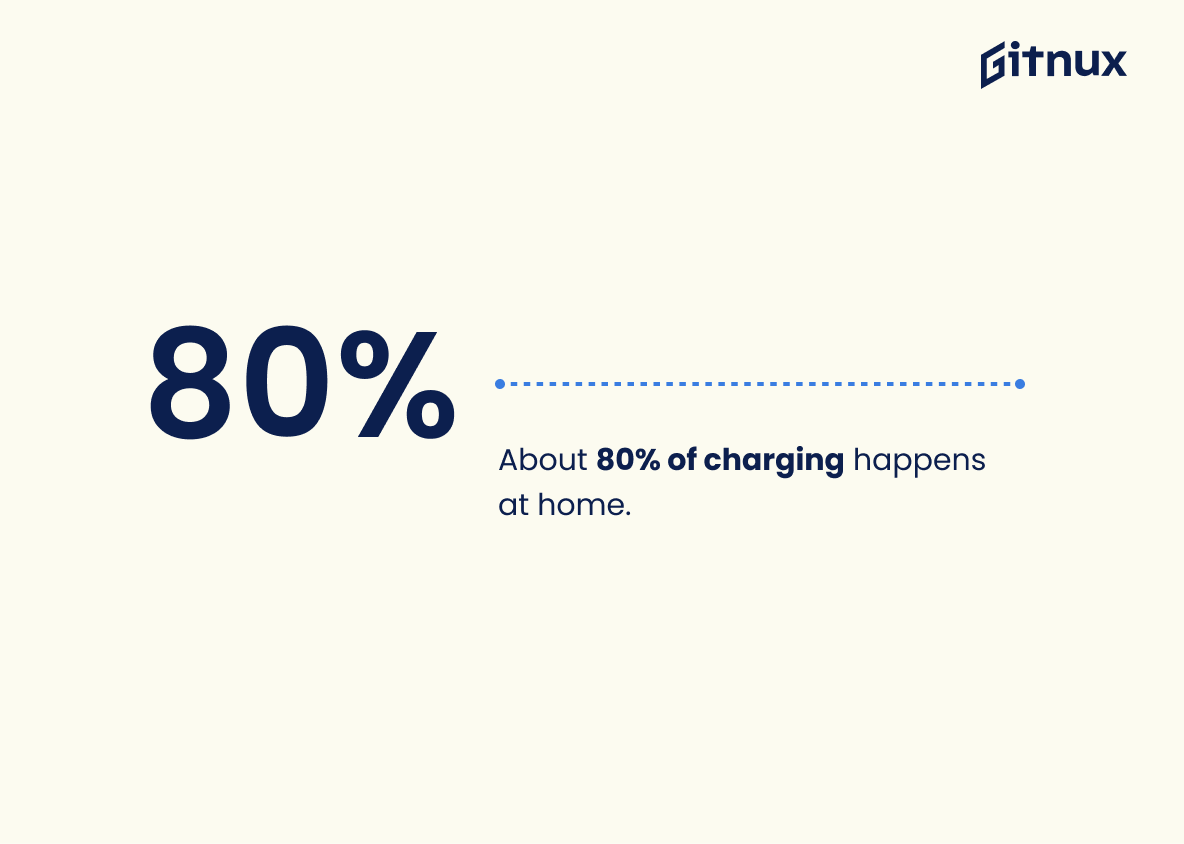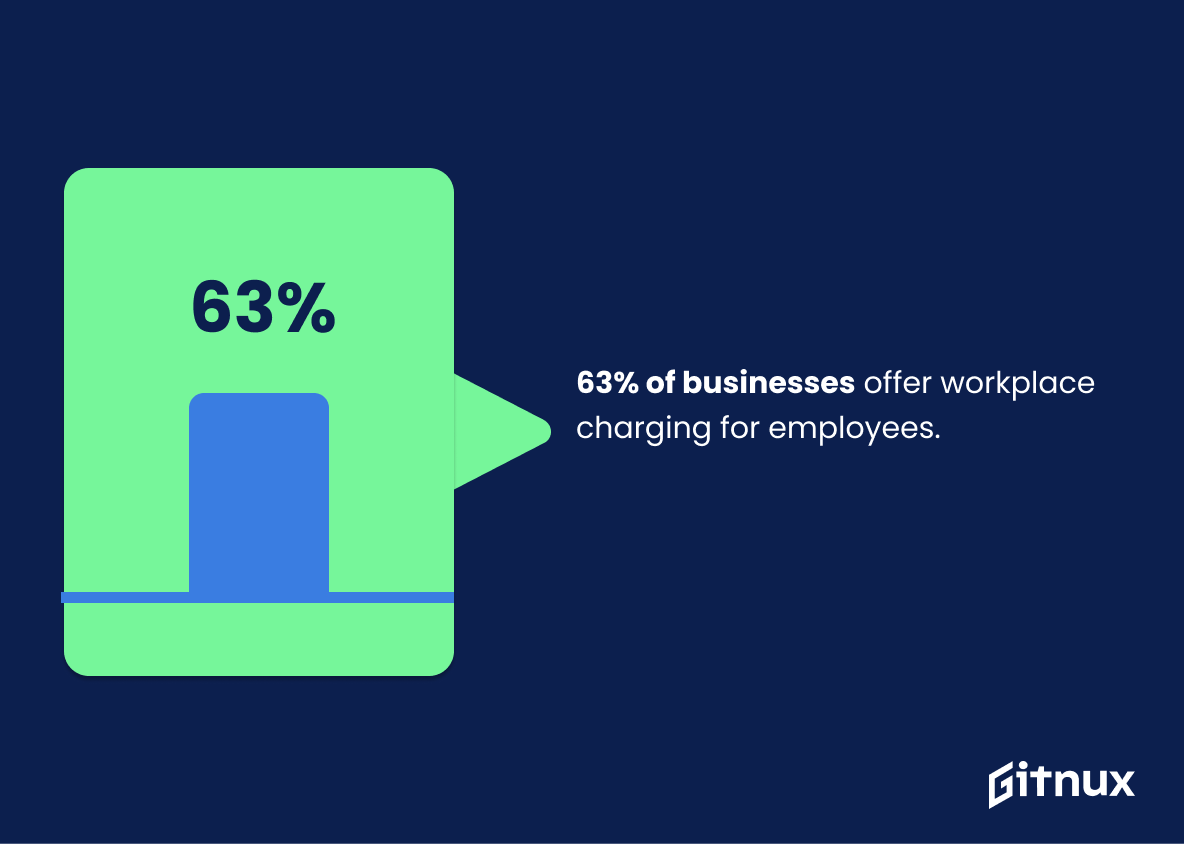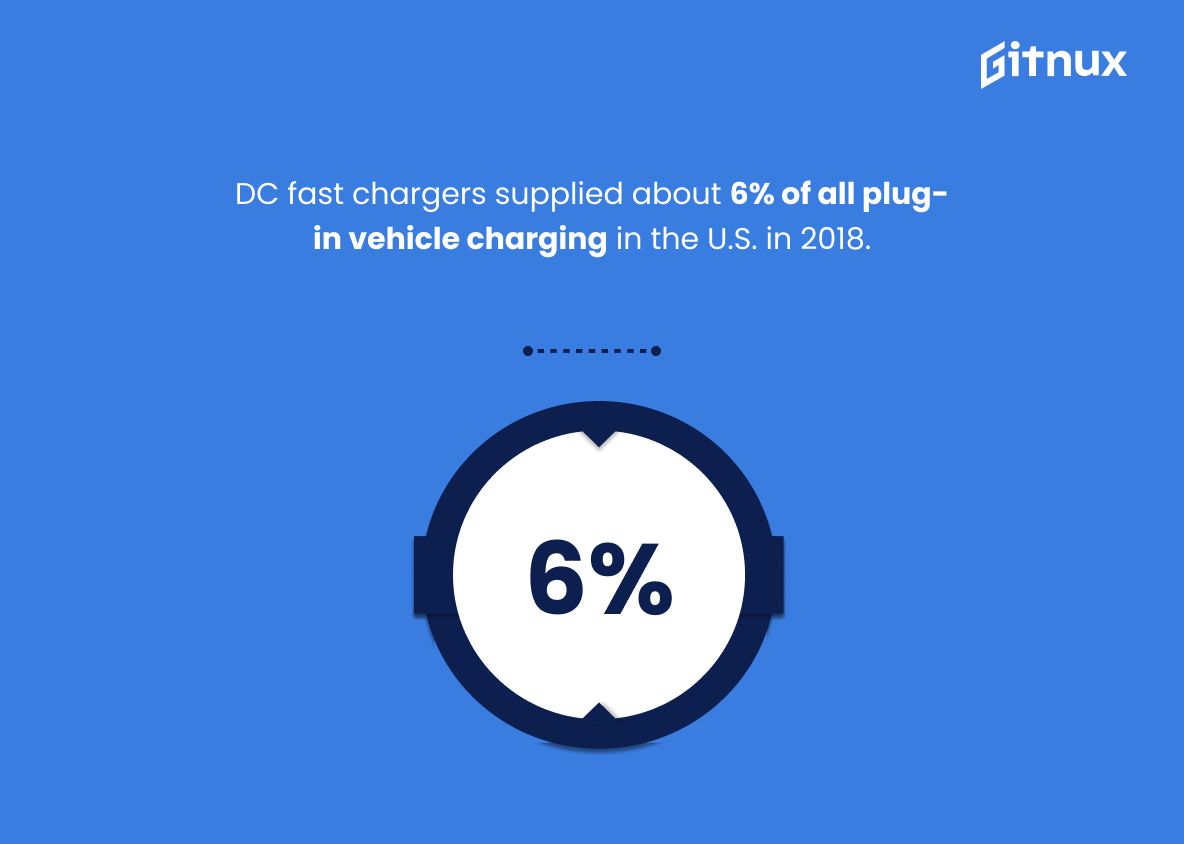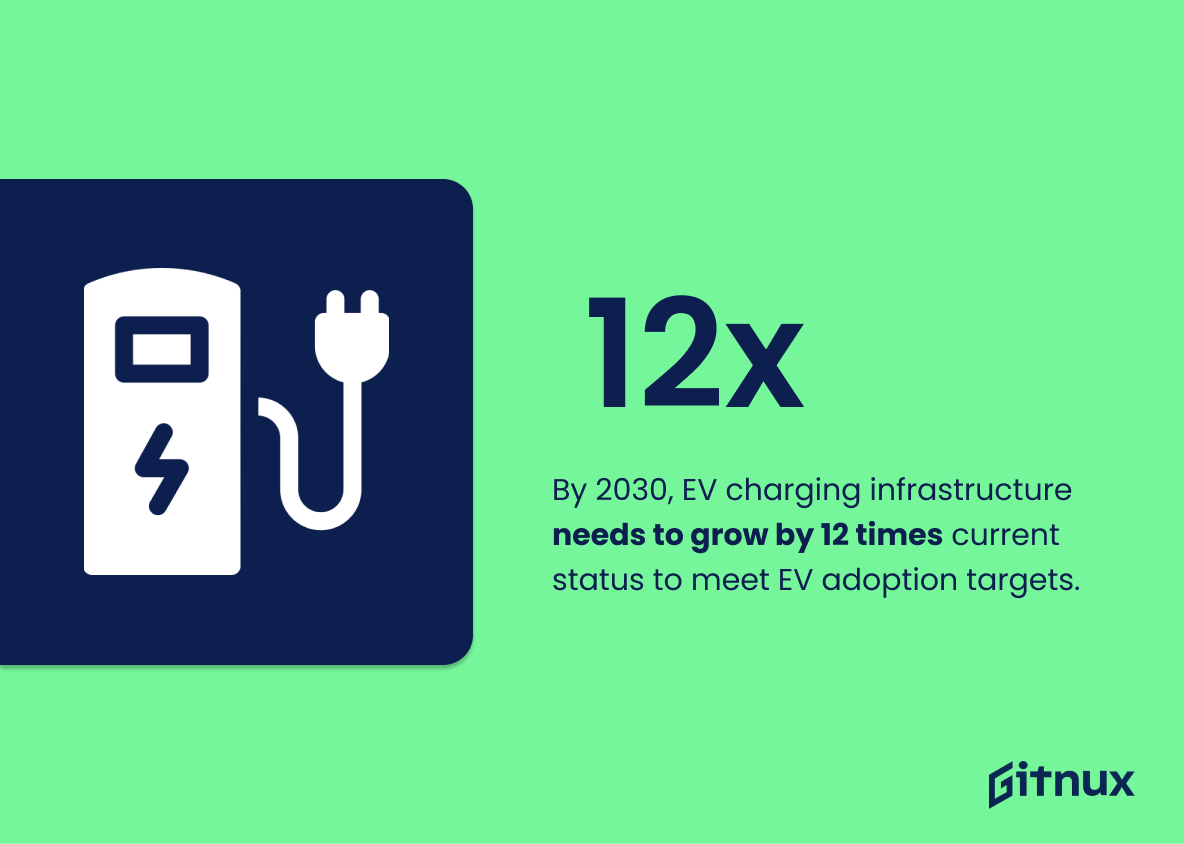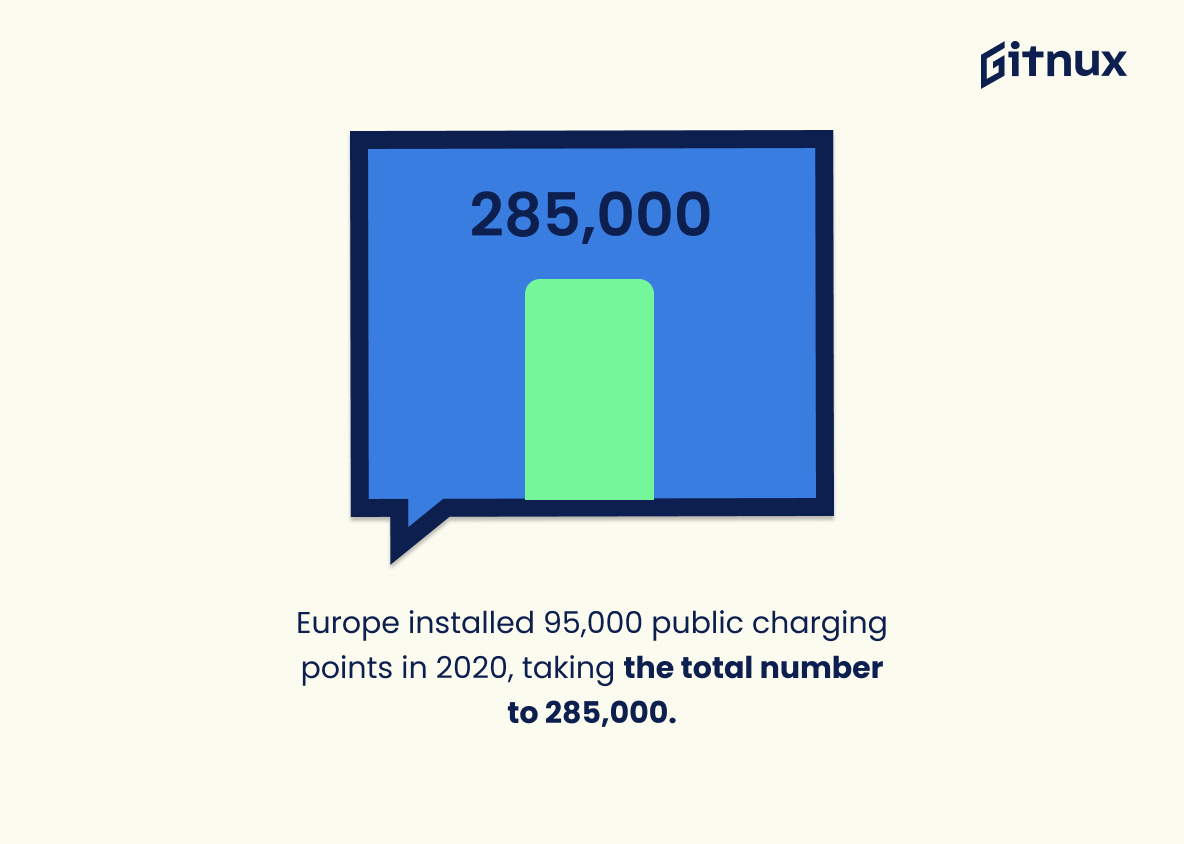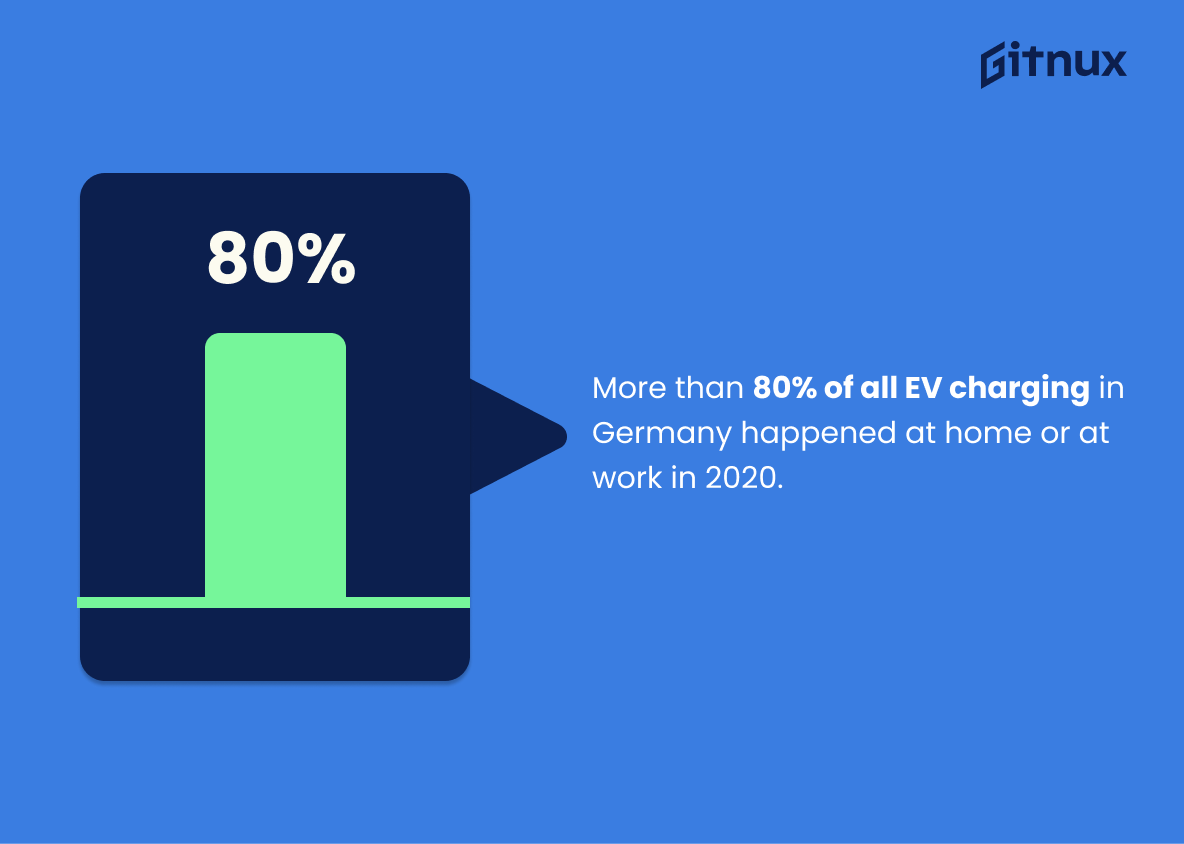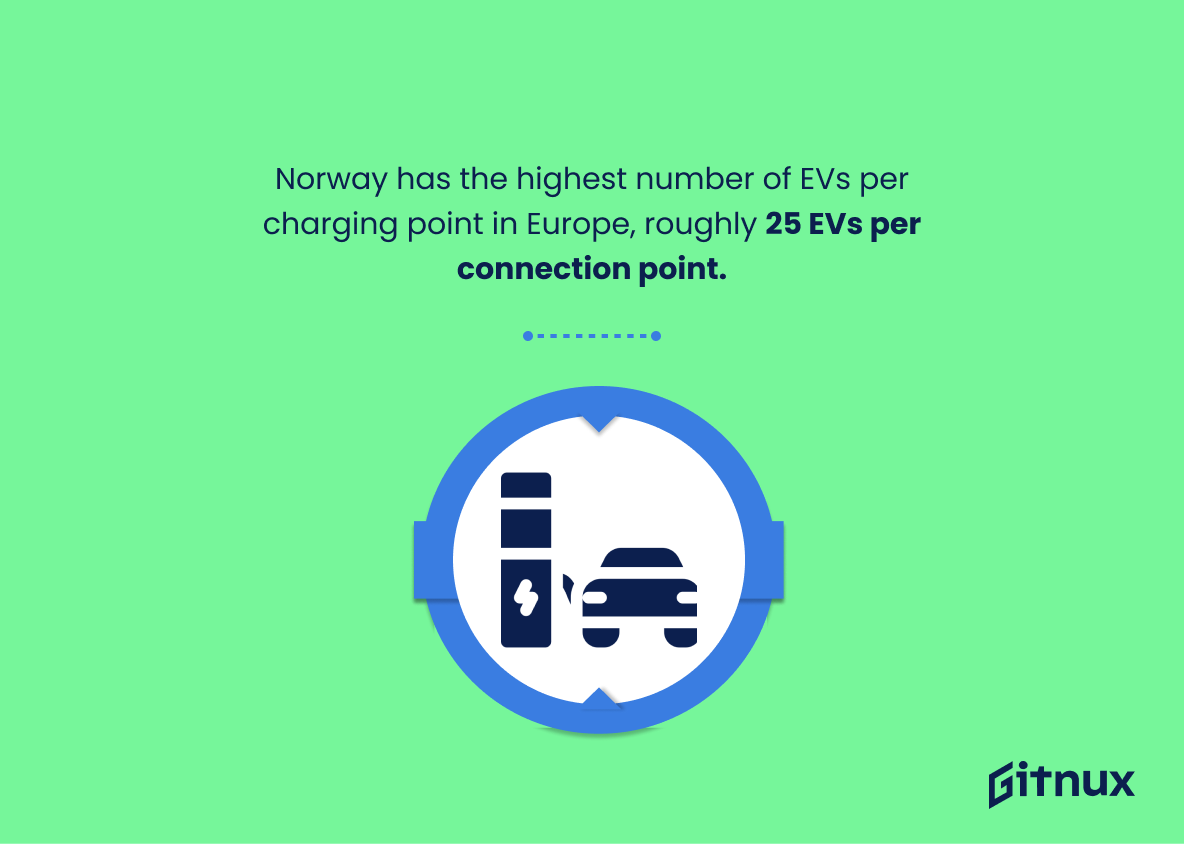Electric vehicles (EVs) are becoming increasingly popular worldwide as both consumers and manufacturers shift towards more sustainable modes of transport. This transformation is driving a surge in demand for EV charging stations, a trend reflected in the global market data. Our blog post today dives into the world of EV charging statistics, offering an in-depth analysis of current trends, growth patterns, and future projections.
We’ll explore the factors influencing these statistics – from government policies and technological advancements to consumer preferences and environmental concerns. This comprehensive insight is a must-read for everyone interested in the EV charging infrastructure and its impact on our roads, our economy, and our planet.
The Latest EV Charging Statistics Unveiled
Global electric vehicle charging station market size was valued at USD 39.70 billion in 2020.
An illustrative lens through which one could view the importance of the gargantuan figure of USD 39.70 billion, the valuation of the Global EV Charging station market in 2020, is by envisioning the sheer velocity of growth in the sector. This colossal figure paints a vivid tableau of emerging trends in the automobile sector and power industry. Not merely a dry statistic, this valuation signifies the accelerating demand for electric vehicles and consequent infrastructural expansion worldwide.
A powerful testament to the green revolution, this statistic is representative of a seismic shift in human behaviour, attitudes, and lifestyle adaptation, which is fast becoming an economic juggernaut. So, when contemplating EV charging statistics, this valuation highlights the synergistic brilliance of technology, market foresight, and environmental consciousness – forming a captivating trifecta of progress and innovation.
There were over 1 million public EV charging outlets globally in 2020.
Reflecting on the electrifying fact that 2020 saw over 1 million public EV charging outlets scattered worldwide, it’s impossible to overlook its paramount importance while discussing EV Charging Statistics. This tremendous number underscores not just the increasing acceptance of electric vehicles on a global scale, but also the active response by countries, cities, and corporations to its infrastructure demands.
It paints a picture of rapidly evolving technology, transitioning lifestyles and, most significantly, a profound tilt towards sustainable transportation. The statistic serves to rev the reader’s enthusiasm: it shows exciting growth thus far, while stoking curiosity for the road ahead. It’s a beacon of promise, illuminating the path to a greener and cleaner future.
The fastest chargers can refill an EV battery up to 80% in around 30 minutes.
Highlighting the potential of the fastest EV chargers to refill up to 80% of an EV battery in about 30 minutes provides crucial insight into the dramatic advancements within the EV charging infrastructure. This information paints a vivid image of the rapidly diminishing gap between refueling traditional gasoline vehicles and recharging electric ones. It underscores the increasing practicality and efficiency of EVs, thereby reinforcing their competitive edge. Moreover, it fuels the discussion on how technological advancements are making EVs a more attractive and viable option for potential consumers, thus reshaping the future of transportation.
China had 808,000 public EV charging points at the end of 2020.
Highlighting the robust figure of 808,000 public EV charging points in China by the close of 2020 serves as a testament to the significant strides that China is making in terms of encouraging electric vehicle adoption, as well as making strides towards a greener transportation future. This colossal number is a pin on the global map of how well equipped nations are in accommodating the surging influx of electronic vehicles on their roads.
Notably, it also magnifies China’s unflinching commitment towards reducing its carbon footprint, enhancing air quality, and tackling grid reliability issues. Disclosing such critical facts sheds light on the evolution and potential of electric vehicle infrastructure worldwide, prompting us to reimagine the possibilities of a sustainable future.
North America is expected to grow at a CAGR of 46.8% in the EV charging infrastructure market from 2020 to 2027.
The remarkable projection of North America’s Compound Annual Growth Rate (CAGR) at 46.8% in the EV charging infrastructure market from 2020 to 2027 emerges as a potent harbinger of the future. This impressive growth trajectory underscores a sweeping shift towards eco-conscious modes of transportation— a change which is fast becoming not just a trend, but a necessity due to rising environmental concerns.
This statistic serves as a vital pulse-check on the growing influence and expanding market potential of electric vehicles (EVs) in North America. Consequently, it becomes a crucial lens to scrutinize and appreciate the rapid advancement and spread of EV charging infrastructure throughout the region.
California alone had around 67,000 charging outlets in 2021.
Spotlighting California’s impressive count of approximately 67,000 charging outlets in 2021 magnifies the state’s hefty reinforcement of the EV charging infrastructure. This robust figure not only underlines the Californian government’s deep commitment to the green drive but also typifies a promising landscape for potential electric vehicle owners. This embodiment of progress provides a tangible account of how widespread and accessible EV charging can potentially become, painting a persuasive picture for eco-conscious buyers and creating a strong narrative for EV market growth.
The global market for wireless EV charging is expected to reach $1.4 billion by 2030.
Forecasting the wireless EV charging market to surge to a staggering $1.4 billion by 2030 transforms the way we contemplate the future of electric vehicles. This hard-hitting figure underscores the incredible potential and momentum in this field. This prediction not only emphasises the lucrativeness of the emerging market but also portrays a strong evidence of a shift towards a greener future in the automotive industry.
Such a formidable forecast surely amplifies the relevance and tangibility of a blog post focused on EV Charging Statistics, substantiating the burgeoning trend with hard numbers, and setting the stage for a broader discussion on the environmental, economic and sociopolitical impacts.
About 80% of charging happens at home.
Within the electrifying vistas of EV Charging Statistics, the nugget of knowledge richly embedded in our understanding that around 80% of charging takes place domestically isn’t just an idle fact – it’s a powerful current driving our comprehension of user behavior. It illuminates the reality that home is not only the heart, but also the powerhouse of the electric vehicle revolution.
This enriches our perspective, encouraging infrastructural planners to prime their focus onto enhancing residential charging solutions, while product developers might find newfound inspiration to optimize home-based charging technologies. Furthermore, potential EV owners can read into this statistic as a signpost, clarifying that the majority of their charging would happen conveniently within the premises of their own home – an ease that could potentially spark the switch to electric.
63% of businesses offer workplace charging for employees.
Taking a detour from conventional phrases, let’s venture into the intriguing realm of EV Charging Statistics. Facilitating this fascinating journey are nuggets of numbers such as “63% of businesses offer workplace charging for employees”. This gem speaks volumes about the sweeping adoption of green energy alternatives in professional environments – a trend marrying economics and environmental consciousness.
This statistic elucidates how corporates have positioned themselves as change agents, accelerating the march towards a future where electric vehicles reign supreme. Not only does it highlight the pervasive rise of environmental cognizance, but it also celebrates the proactive role of forward-thinking businesses in fostering an ecosystem conducive to sustainable transformations.
DC fast chargers supplied about 6% of all plug-in vehicle charging in the U.S. in 2018.
Peering into this particular slice of the statistical pie reveals a fascinating trend in the 2018 EV Charging landscape. It highlights the fact that DC fast chargers, despite their capability to juice up electric vehicles much faster than the conventional chargers, supplied a mere 6% of all plug-in vehicle charging in the U.S.
This nugget of information is a testament to the under-utilization of high-speed charging facilities at the time, but moreover, it throws open a larger discussion on the potential areas of growth in the EV charging infrastructure. By unearthing this statistic in a blog post about EV Charging, readers are prompted to think about why the usage was comparatively low and what measures could be taken to hike up this percentage in the future.
By 2030, EV charging infrastructure needs to grow by 12 times current status to meet EV adoption targets.
Highlighting the future needs of the EV charging infrastructure magnifies the gravity of the existing scenario. As the fleet of electric vehicles (EVs) is projected to grow exponentially by 2030, so too must the infrastructure that supports them. Our present systems are a drop in the bucket compared to the scale needed to meet upcoming demand.
The expansion will not only have implications for the electric power sector but also for the transportation and construction industries. Thus, these statistics play a pivotal role in crafting policies, guiding investments and shaping technological advancements in the EV charging sector. The rapid growth required underscores the importance of strategic planning today to ensure a seamless transition to the future of transportation.
Europe installed 95,000 public charging points in 2020, taking the total number to 285,000.
In the sonnet of EV charging statistics, the dramatic crescendo arrives with the revelation that Europe mounted an impressive 95,000 public charging stations in 2020 alone. This catapults the symphony of total number of installations to an astounding 285,000. This crescendo does not merely echo the relentless rise of electric vehicles in Europe, but likewise underscores the continent’s commitment to usher in a more sustainable future.
In this narrative, the charging points are the unsung heroes, their exponential growth bears the testimony to Europe’s major strides in embracing the electric revolution. Combining the poetry of sustainability with the prose of progress, these statistics transport us deep into the heart of an electrified Europe.
The Netherlands has the highest number of charging stations per 100km in Europe.
Highlighting the fact that The Netherlands boasts the highest number of EV charging stations per 100km in Europe presents a compelling testament to the country’s commitment to promoting eco-friendly transportation. It serves as an indicator of the readiness of the infrastructure to accommodate electric vehicles and reduces range anxiety for EV owners. Furthermore, this statistic is a potent symbol of Europe’s transition to sustainable mobility, setting a benchmark for other countries aiming for a greener future.
More than 80% of all EV charging in Germany happened at home or at work in 2020.
Diving into the genesis of this striking figure – ‘Over 80% of all EV charging in Germany unfolded at home or at work in 2020’ – stirs reflections on multiple layers of the EV charging narrative.
Firstly, this stat underlines the prominence of private charging infrastructure, portraying vividly how ‘home’ and ‘workplace’ are laying the groundwork for German EV drivers’ charging habits. This could be attributed to the convenience, cost efficiency and overnight charging possibilities that these spaces provide.
Secondly, it unveils the potential areas for public charging infrastructure development. If four out of every five charges are happening at home or work, then increasing public fast-charging options could spread this usage more evenly, tackling range anxiety and potentially boosting EV adoptions.
Finally, this figure showcases the potential markets for businesses who could integrate charging stations within their premises, or for residential developments, embodying the future of smart homes with plug-in facilities.
Therefore, this statistical beacon doesn’t just light up the narrative but adds depth, elucidating the present landscape and fuelling discussions on the road ahead in the context of EV Charging Statistics.
Norway has the highest number of EVs per charging point in Europe, roughly 25 EVs per connection point.
Peeling back the layers of Europe’s booming electric vehicle (EV) landscape, we stumble upon a captivating storyline – Norway standing at the pinnacle with the highest number of EVs per charging point. Picture this: Around 25 EVs jostle for a single connection point. Now, this isn’t just a dry, flavorless statistic. Instead, it is a vivid narrative that paints an image of Norway’s enthusiastic embrace of green transportation.
It underscores two key themes in the tapestry of EV charging statistics. Firstly, it highlights Norway’s leadership in EV adoption, a testament to its ambitious clean energy targets and robust incentive schemes. Secondly, and perhaps more compellingly, it hints at a brewing challenge. The demand for charging infrastructure is outstripping supply, pointing to a crucial bottleneck that could throttle the pace of green mobility, not only in Norway but across Europe. Thus, this statistic does not just illustrate a current success but underlines a future challenge – making it an essential stitch in the fabric of the EV charging discourse.
There will be an estimated 40 million charging points globally by 2030.
Peering through the revealing lens of data brings us to a significant projection: an explosion to around 40 million charging points on a global scale by the turn of the next decade. This figure isn’t just mind-boggling in its own right, it leaps off the page and takes center stage in a profound narrative about the electrification of transport. The statistic beholds a scenario where the future abruptly becomes the present, where charging an electric vehicle (EV) would become as common as, if not more than, refuelling at a gas station.
It underscores the rapidly increasing adoption of EVs, sparking interesting possibilities in the refinement and availability of charging infrastructure. A colossal shift in energy consumption, consumer behavior, and green initiatives brews in the subtext of this single number. Such a dramatic expansion foreshadows exciting opportunities for businesses, environmental benefits, and suggests a world unified in the quest for a sustainable future.
There were 7,176 public fast charging points in the UK in August 2021.
In the dynamic world of electric vehicles (EVs), the proliferation of public fast charging points plays a pivotal role. The figure that sets the stage for a robust discussion in our blog post is the notable presence of 7,176 public fast charging points in the UK by August 2021. This number is indeed a driving force in the EV landscape, nudging the needle in favor of cleaner, more sustainable transport.
It also provides a convincing barometer to measure not only the rapid strides the UK has made towards decarbonization, but also shapes the willingness of motorists to transition to EVs, making it a key component in our exploration of EV charging trends. Undoubtedly, it lays the groundwork for a future where EVs are not the exception, but the norm.
Home charging points in the UK are growing at a rate of 850 per week.
In the realm of EV charging statistics, pinpointing the weekly growth rate of home charging points in the UK paints a vivid picture of progress. It’s as if you’re watching an electric seedling sprout 850 new leaves each week, forever changing the landscape of green transportation. Each leaf, representing a home charging point, signifies an individual’s decision to transition towards sustainable mobility.
The speed of this sprouting, therefore, provides a measure of how fast the UK public is embracing electric vehicles in their daily lives. It’s an electrifying sight, and gives the blogging world a whole new avenue to explore—ultimately sparking informative discussions and shedding light on future trends.
In 2020, 20% of all charging stations in the U.S. were in California.
Highlighting that 20% of all U.S. EV charging stations were stationed in California in 2020 underscores the Golden State’s role as a pioneer in the EV industry. It showcases how California is spearheading the charge towards a greener, more sustainable future, serving as a testing ground for the rest of the country. The concentration of charging stations in one region can elucidate patterns of EV adoption, investment in green infrastructure, and legislative measures promoting renewable energy.
This statistic woven into a blog post about EV Charging Statistics paints a powerful picture of regional disparities in EV infrastructure that begs for further investigation and discourse. The story told by numbers can lead readers to ponder on the progress as well as the challenges facing the electric vehicle industry, while probing the ingredients that make California a hot spot for EV charging stations.
In 2021, there is one EV charger for every six electric cars globally.
Capturing the pulse of the burgeoning electric vehicle market, the aforementioned figure shines a spotlight on the ongoing challenge of charger to EV ratio in 2021. It vividly paints a picture of the ‘charge anxiety’ potential EV buyers may face, taking into account the current growth rate of public charging stations fails to keep pace with the skyrocketing sales of electric vehicles.
As an underpinning statistic of the EV landscape, it invites readers to critically explore the sustainability of EV growth, questioning whether the infrastructure can meet tomorrow’s demands, or if we are merely fuelling another crisis. Essentially, this statistic sets the tone of urgency, sparking conversations around the need for policy changes, technological advancements, and investments to prevent the EV revolution from hitting a ‘charging’ roadblock.
Conclusion
In a world where sustainable practices are increasingly becoming a priority, the rise in EV usage and the subsequent surge in EV charging station installations speaks volumes about where we are headed. The intricate statistics surrounding the growing EV charging network present an exciting avenue for consumers, businesses, and governmental policies. As we navigate this revolution, accurate data and reporting are vital for understanding market trends and making informed decisions about our electric future.
We can all play a part in this global shift to e-mobility, helping reduce our carbon footprint and drive towards a greener planet. Stay plugged in to stay updated about EV charging statistics, as this journey into the electric era continues.
References
0. – https://www.www.ovoenergy.com
1. – https://www.www.giiresearch.com
2. – https://www.afdc.energy.gov
3. – https://www.insideevs.com
4. – https://www.www.iea.org
5. – https://www.www.zap-map.com
6. – https://www.www.bmvi.de
7. – https://www.www.energy.gov
8. – https://www.www.greencarreports.com
9. – https://www.about.bnef.com
10. – https://www.www.forbes.com
11. – https://www.www.grandviewresearch.com
